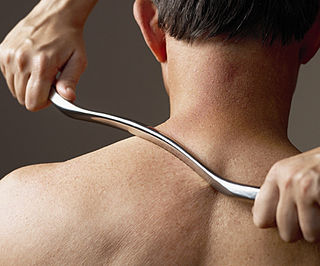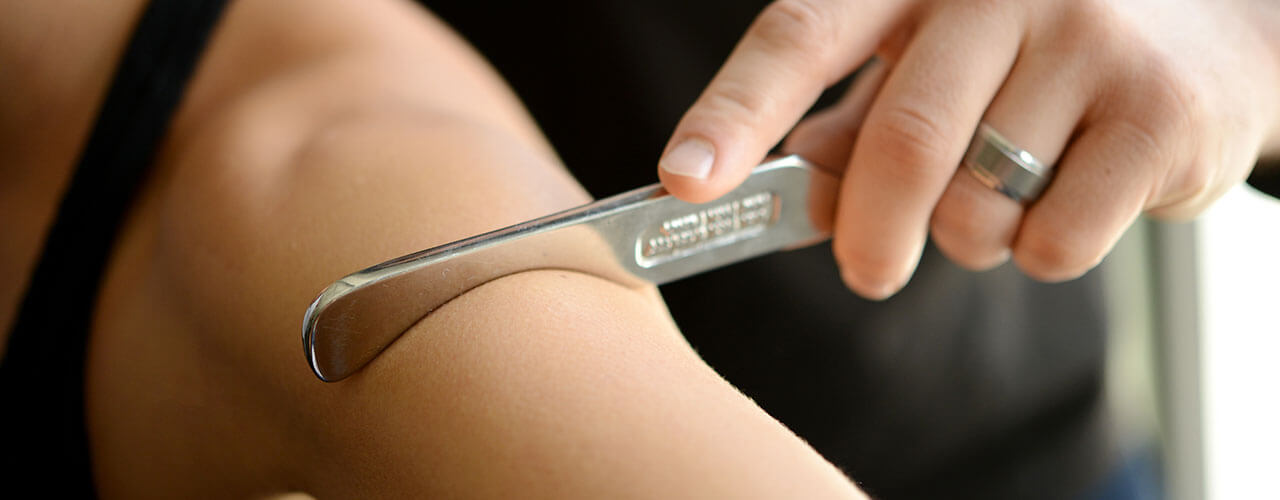Graston Therapy
An Instrument Assisted Soft Tissue Manual Therapy for Pain
The Graston Technique is a form of manual therapy commonly used in chiropractic care that involves the use of specialized stainless steel instruments to perform soft tissue mobilization. Chiropractors often use the Graston Technique in their practice to address soft tissue restrictions and adhesions. By applying the instruments to the skin, they can effectively break down scar tissue, fascial restrictions, and other adhesions that may be causing pain or limiting mobility.
• Reduces Pain and Inflammation
• Increased Range of Motion
• Break up scar tissue & Facial Restictions
• Faster Recovery time from Injuries
• Short Treatment Time and customizable to fit your needs


Struggling with Any of the Following?
• Chronic or acute muscle pain
• Repetitive strain injuries
• Wrist pain
• Tight hamstrings, quads, or calves
• Limited mobility or stiffness • Fascia-related discomfort
Graston Might Be Exactly What Your Body Needs

The Graston Technique is often practiced by chiropractors, osteopathic physicians, physical therapists, occupational therapists, and some licensed massage therapists and athletic trainers.
Graston Technique Goals
The general goals of the therapy are to reduce the patient’s pain and increase function through a combination of:
- Breaking down the scar tissue and fascia restrictions that are usually associated with some form of trauma to the soft tissue (e.g., a strained muscle or a pulled ligament, tendon, or fascia).
- Reducing restrictions by stretching connective tissue in an attempt to rearrange the structure of the soft tissue being treated (e.g., muscle, fascia, tendons, ligaments).
- Promoting a better healing environment for the injured soft tissue.


